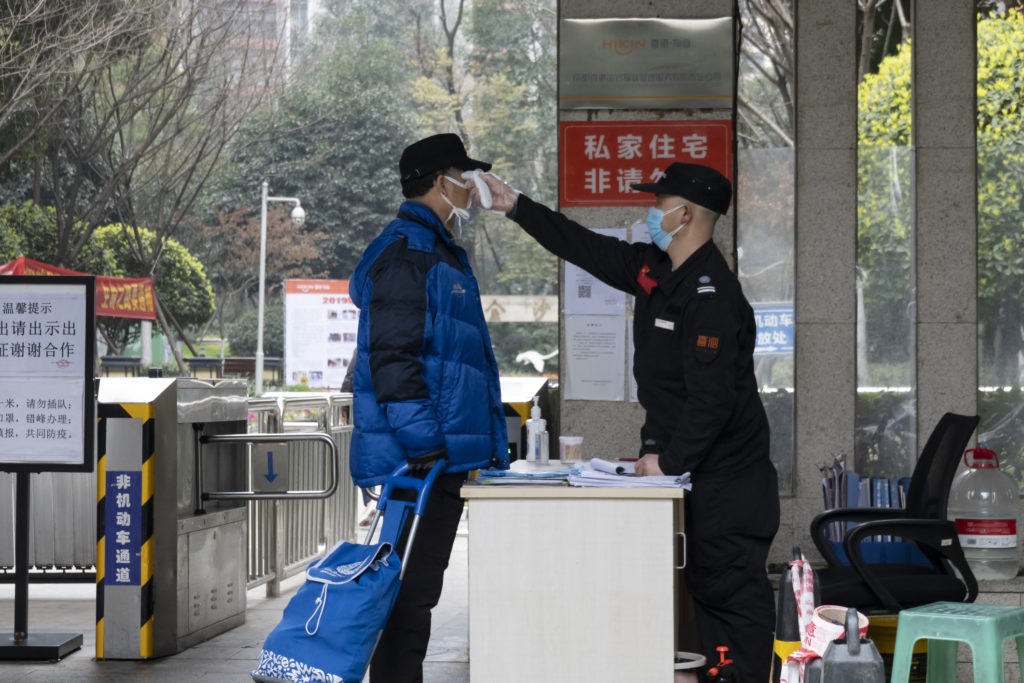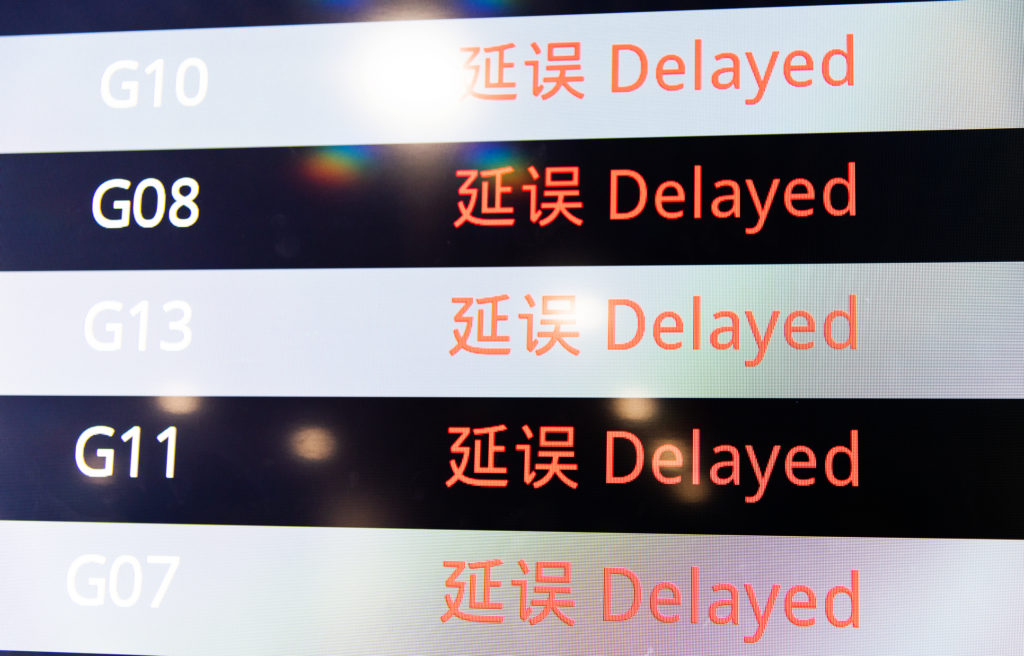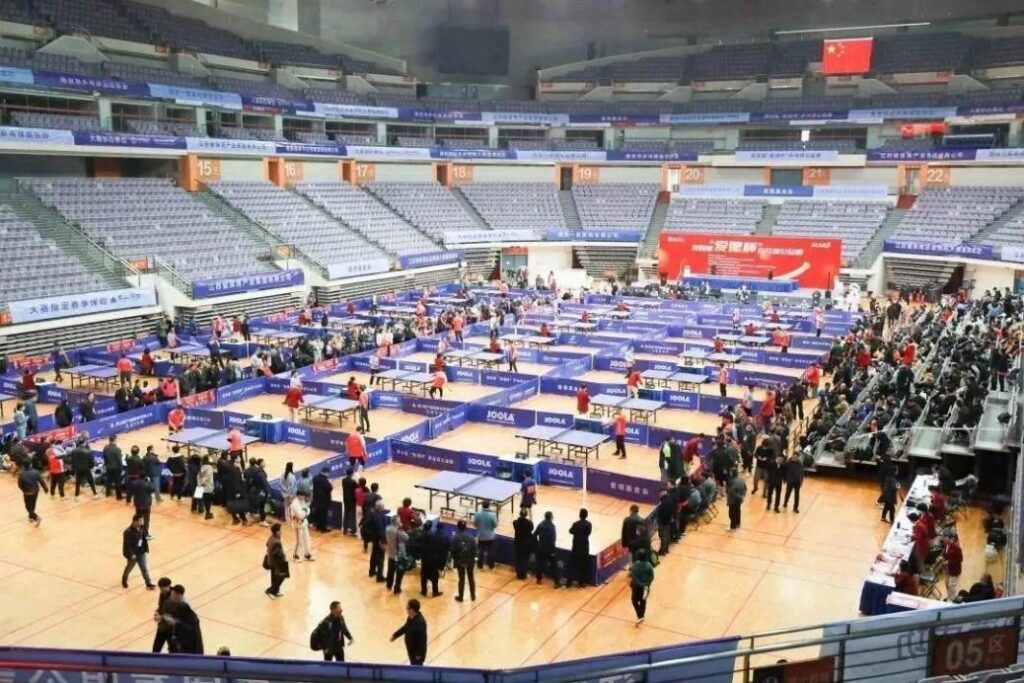It’s been seventeen long months since the U.S. set Covid-related travel restrictions, and in our recent vlog, Dr. Wood shared Word4Asia’s own situation with regard to short-range plans for a return to our presence in China. We thought it might be helpful to your organization’s planning if we share more about what we know regarding travel to China.
The Chinese government continues to ban most foreign nationals from entering its borders. However, starting March 15 of this current year, China has made it easier for members of various groups from 23 different countries to start traveling there once again. These groups include people coming to work for humanitarian reasons, like reuniting with family, and people who hold APEC (Asia-Pacific Economic Cooperation) Business Travel Cards.
Chinese residents can also return. Under the March 15 decision, people traveling to China must also have received the Chinese version of the Covid vaccine within 15 days of travel. At that time, China also stated it was their goal to have a 40% vaccination rate by June. They beat that objective, having vaccinated over one-billion of their citizens by that date.
In April, the Chinese embassy in the United States confirmed that travelers with documented Covid-19 vaccines from Pfizer-BioNTech, Moderna and Johnson & Johnson vaccines would also be eligible. In order to travel to China, all authorized travelers will need to apply for a health certificate via the local Chinese diplomatic mission prior to travel. Travelers should be prepared to face health screenings, including body temperature scans and nucleic acid testing, at ports of entry throughout China. Depending on port of entry, including Beijing, Shanghai, and Qingdao but possibly others, international arrivals in some locations, will face mandatory anal COVID-19 swabs. Most international travelers will need to quarantine for 14 days and receive a negative COVID-19 test result before release from government-designated hotel facilities Some regional governments will actually require inbound travelers to self-quarantine and undergo medical observation for three or four weeks.
Covid-19 related travel requirements include:
- Presentation of two negative tests, including the PCR and antibody tests, taken within 72 hours of travel.
- Officials require all authorized inbound passengers from specified countries to provide evidence of both nucleic acid COVID-19 and IgM antibody tests from designated facilities in the departure country within 48 hours of boarding flights.
- For newly qualified entrants, entry also requires having received two doses of Covid-19 vaccines at least 14 days prior to entry. They must apply for a visa in advance, and show their proof of vaccination on arrival, as well as the negative tests.
- Passengers who test positive for COVID-19 antibodies may be allowed to enter China if they have documentation showing they are fully vaccinated.
- Arrivals are screened once more at the airport. Passengers that fail the checks will be sent to government-designated hotels to complete 14-day or 21-day quarantines, depending on the travel region and at their own expense.
As of June 7, the measure applies to travelers from Argentina, Australia, Austria, Bangladesh, Belarus, Brazil, Bulgaria, Burundi, Cambodia, Cameroon, Canada, Cote d’Ivoire, Denmark, Egypt, Eswatini, Ethiopia, Finland, France, Germany, Ghana, Greece, Guinea, Indonesia, Iran, Iraq, Italy, Japan, Kazakhstan, Kenya, Laos, Malaysia, Myanmar, Nepal, the Netherlands, New Zealand, Nigeria, Pakistan, the Philippines, Poland, Russia, Saudi Arabia, Senegal, Serbia, Singapore, South Africa, South Korea, Spain, Sweden, Switzerland, Tanzania, Thailand, Turkey, the UAE, the UK, the US, and Vietnam.
Starting in June, China has delineated several risk levels regarding regions with known Covid infections.
Hi risk: Two communities in Guangzhou have also been declared high-risk areas several Medium-risk: Several communities in Guangzhou and Foshan, Guangdong Province, along with one community in Lu’an, Anhui Province. Local governments often carry out several rounds of mass testing in medium- or high-risk areas.
Low risk: Other locations in mainland China are officially designated as low risk.
Individuals residing in or having recent travel history to high- and medium-risk areas will face travel, movement, and gathering restrictions.
When regions are categorized as medium or high-risk, local authorities often lock down the affected communities, including road blocks and check-points. Residents are required to remain in their homes or provide a negative COVID-19 test result before departing the affected area. In these areas, individuals who wish to travel face mandatory testing. Long-distance transportation services into and out of these areas have been limited.
Authorities in China have also implemented health-checks at airports, train and subway stations, increasing travel times. Public transportation operators are also requiring passengers to share health code information before boarding mass transit.
Exceptions to travel restrictions include:
- Foreigners from most countries with valid residence permits for work, family visits, and personal matters can enter the country.
- Some immediate family members of foreign employees may obtain entry permission for emergency humanitarian purposes.
- Specially designated foreign workers with invitation letters from provincial or municipal government officials can also enter the country. Foreign nationals traveling to mainland China for work, business, or humanitarian reasons can waive the requirement for obtaining invitation letters prior to applying for new visas if they are fully inoculated with Chinese-produced COVID-19 vaccines.
- Most foreigners arriving from Bangladesh, Belgium, France, India, Italy, the Philippines, Russia, and the United Kingdom are banned, regardless of residency status, unless they have received Chinese-made COVID-19 vaccines.
- Diplomatic personnel and C visa holders, generally flight and shipping crew members, are exempt from entry bans regardless of country of origin.
- Officials have also banned flights to and from the UK until further notice.
Chinese citizens must update their information through WeChat to obtain a health code before boarding flights.
Besides all of the point-of-entry restrictions, China has also reduced the number of flights into their nation. For instance, the Civil Aviation Administration of China (CAAC) manages international airline flight volume based on how well the airlines themselves are limiting the number of positive-testing passengers they transport there. If a foreign carrier achieves three weeks with no passengers testing positive, officials will permit one more flight on pre-existing routes. If five passengers of an airline test positive, the CAAC will suspend the carrier’s operations for one week; if 10 of the airline’s passengers test positive, the suspension will last four weeks. China and US regulators continue to limit available flights from each other’s countries to eight per week.
Due to the many travel restrictions, a desire to protect the health of our employees, and a desire to support both America’s and China’s efforts to protect each nation’s populations, Word4Asia continues to manage our operations in China from our California office. We’re grateful to our clients for their continuing support and understanding during this difficult period. We applaud the continued hard work of our mainland China network, and we are thankful for the blessings of modern communications that make all of this possible. Our advice to our readers:
- Consider postponing nonessential travel to mainland China.
- Confirm all scheduled international flights.
- Consult airlines and Chinese diplomatic facilities for details on restrictions prior to any travel.
- Follow all official instructions and closely monitor official announcements on any other precautionary restrictions.
- Confirm all travel and business reservations.
- Allow additional travel time due to screenings at airports, train stations, and other transport hubs.
- Make allowances for possible business disruptions.
We hope that this information has been helpful to you in thinking through the options your organization might have as related to travel to and within China during this period. In over 20-years of continuous working with many different organizations who have interests in China, we have always found a way to provide valuable support, no matter what the conditions were. If your objectives also include a presence in China, Word4Asia is here to assist. We hope you’ll reach out. You can reach Dr. Gene Wood at gene@word4asia.com.







